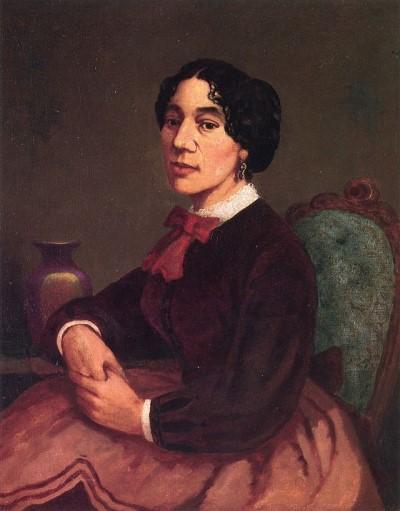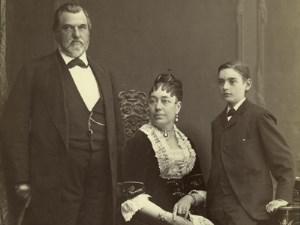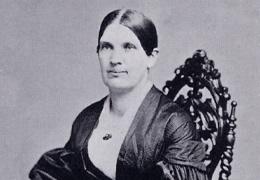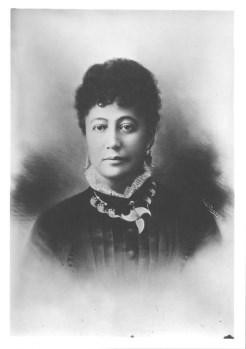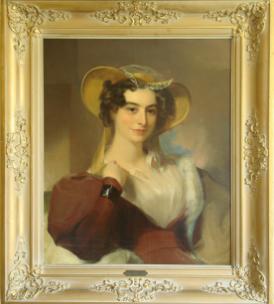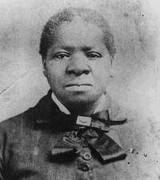African American Hairdresser Who Saved Slaves Image: Christiana Carteaux Bannister Painted by her husband, Edward Mitchell Bannister Christiana Carteaux Bannister was an African American abolitionist, philanthropist, and businessperson in New England in the mid-19th century. She met her husband, artist Edward Bannister, at her hair salon in Boston; the two were active in the Boston Underground Railroad helping runaway slaves reach the next station. Early Years She was born Christiana Babcock circa 1820 in North Kingstown, Rhode Island to African American and Narragansett Indian parents. Her African American grandparents most likely lived and died as slaves. Christiana’s parents were probably born after Rhode Island’s gradual emancipation act of 1784 was passed, and so gained complete freedom at the age of…
